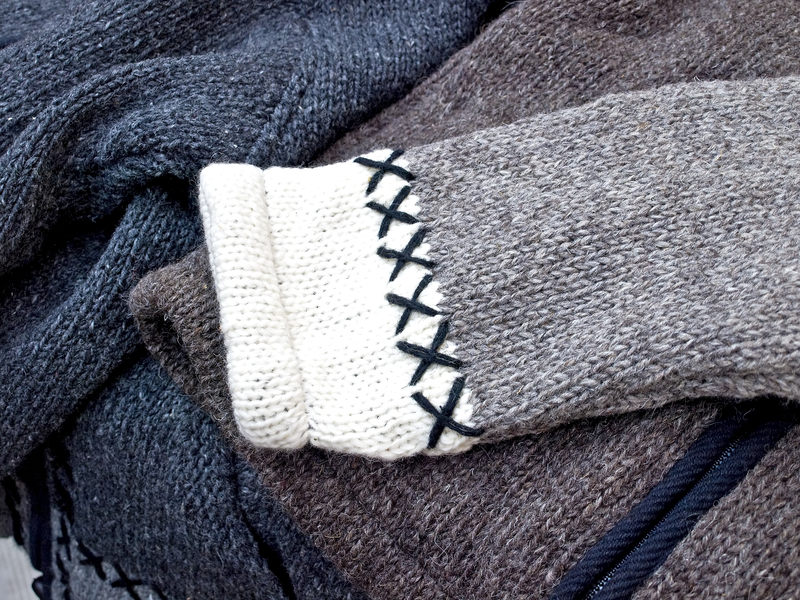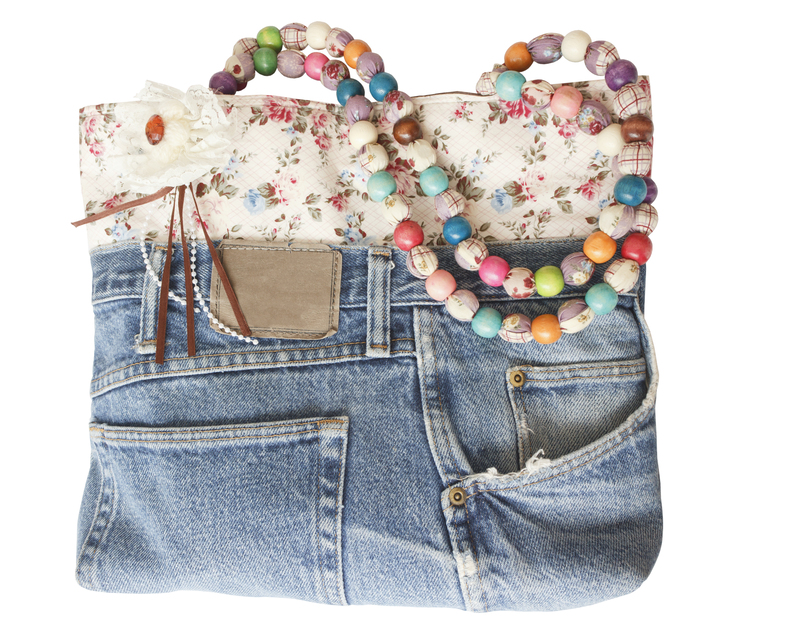Transform Your Space: The Ultimate Guide to Clutter Removal and Hoarder Clean Up
Is your home overflowing with items you no longer need? Has clutter taken over your once serene space? Welcome to your ultimate resource on transforming your space through effective clutter removal and hoarder clean up. This guide offers practical tips, step-by-step strategies, and expert advice to help you reclaim your living areas and enjoy a more organized, healthy, and fulfilling home life.
Understanding Clutter and Hoarding: What's the Difference?
Before embarking on a transformative journey, it's vital to understand the difference between general household clutter and hoarding disorder.
What is Clutter?
- Clutter refers to disorganized, unnecessary, or excessive items that accumulate in your living environment.
- It typically results from a busy lifestyle, lack of storage solutions, or sentimental attachment to personal possessions.
- Clutter can be managed with regular cleaning, organizing, and decision-making about what to keep, toss, or donate.
What is Hoarder Clean Up?
- Hoarding is a psychological disorder distinguished by the excessive acquisition of possessions and the inability to discard them, regardless of actual value.
- Severe hoarding often requires specialized hoarder cleanup services to safely and compassionately address health and safety hazards.
- Homes affected by hoarding are not only cluttered but may also pose risks like fire hazards, mold, and pest infestations.

The Benefits of Decluttering and Expert Hoarder Clean Up
- Improved mental and emotional well-being: A tidy environment reduces stress and enhances your mood.
- Enhanced safety and accessibility: Removing clutter and tackling hoarder cleanup reduce tripping hazards and prevent accidents or fire.
- Healthier living space: Elimination of dust, mold, and allergens leads to better air quality and fewer respiratory issues.
- Increased productivity and focus: An organized space boosts clarity, allowing you to work and relax more efficiently.
- Social benefits: Enjoy welcoming guests into a comfortable, inviting home again!
Step-by-Step Guide to Effective Clutter Removal
1. Set Clear Goals and Priorities
Start by pinpointing your objectives. Do you want to free up space in specific rooms, or do you need a complete overhaul? Setting SMART (Specific, Measurable, Achievable, Relevant, Time-bound) goals helps you stay focused and motivated during your decluttering journey.
- Begin with small projects: Focus on one drawer, closet, or room at a time to prevent feeling overwhelmed.
- Make a checklist of target areas and check them off as you progress for a sense of accomplishment.
2. Sort Items into Categories
- Keep: Items you use regularly or truly love.
- Donate: Items in good condition that can serve others.
- Sell: Valuables you no longer need (online marketplaces are perfect for this).
- Dispose: Damaged or unusable items that can't be recycled or repurposed.
Label boxes or bags for each category and sort as you declutter. This system accelerates your progress and helps prevent regretful decisions.
3. Use the One-Year Rule
If you haven't used an item in the past year, it's unlikely you'll need it in the future. Apply this simple rule when handling clothing, gadgets, and miscellaneous items.
4. Organize What You Keep
- Invest in smart storage solutions like bins, shelves, drawer organizers, and closet systems.
- Maximize vertical space to free up floor areas.
- Label containers so you can easily locate items as needed.
- Avoid stacking belongings haphazardly - each item should have a dedicated place!
5. Schedule Regular Maintenance Sessions
Clutter can creep back into any space. Establish a weekly or monthly routine to review and tidy up problem areas before they get out of hand.
Tackling Hoarder Clean Up: Tips for a Safe, Compassionate Approach
Cleaning a hoarder's home is a complex and sensitive process. Whether you're helping a loved one or seeking professional hoarder clean up services, you must approach the situation with empathy and structured planning.
Assess the Situation
- Evaluate the extent and severity of the hoarding behavior.
- Identify potential hazards such as biohazards, structural damage, or pests.
- Consult with mental health professionals if needed - hoarding is often linked to trauma, anxiety, or depression.
Build a Supportive Team
A successful hoarder clean up involves physical work and emotional support. Assemble a trusted team of family members, friends, or experienced clean up companies who understand the unique challenges.
- Ensure everyone is briefed and sensitive to the individual's emotions.
- Wear appropriate protective gear (gloves, masks, and coveralls) as needed for safety.
- Divide responsibilities to make the clean up efficient and manageable.
Develop a Step-By-Step Clean Up Plan
- Set realistic goals for each session - cleaning may take multiple days or even weeks, depending on severity.
- Start with high-priority areas such as bathrooms, kitchens, and pathways for immediate safety improvements.
- Sort and remove clutter: Apply the same categorization system (Keep, Donate, Sell, Dispose) used for general clutter removal.
- Work at a comfortable pace and pause for emotional breaks as needed.
Dispose of Hazardous or Unwanted Items Responsibly
- Contact local waste management services about large item pick-ups or hazardous waste disposal.
- Arrange for professional junk removal if the load is too large to handle yourself.
- Recycle or donate items whenever possible to minimize landfill waste and support local charities.
Deep Clean and Restore the Home
- Once clutter is removed, thoroughly clean and sanitize all surfaces.
- Address any maintenance issues such as water damage, mold, or pest infestations.
- Redecorate rooms to provide a fresh, inviting atmosphere - a positive environment helps sustain progress.
Aftercare and Preventing Relapse
Regular follow-ups are essential for ongoing recovery from hoarding behaviors. Associates, friends, or professionals can provide valuable support, encouragement, and accountability. Consider enlisting ongoing organizing or mental health services as needed.
DIY vs. Professional Clutter and Hoarder Clean Up Services
When to DIY
- General clutter removal and light organizing are great for DIYers seeking gradual improvements.
- DIY approaches are cost-effective and empower you to customize your space.
- Set manageable goals and pace yourself to avoid burnout or frustration.
When to Hire Professionals
- Large-scale hoarder clean up often requires commercial-grade equipment and safety protocols.
- Professional services are trained to handle biohazards, hazardous materials, and pest infestations.
- If the emotional or psychological barriers feel insurmountable, compassionate organizers and therapists provide vital assistance.
- Hiring experts can speed up the process and ensure thorough, stress-free results.
Top Tips for Sustaining a Clutter-Free, Organized Home
Adopt the "One In, One Out" Rule
*Every time you bring a new item into your home, make a point to remove one equivalent item. This habit stops clutter before it starts.*
Implement Organizational Tools and Habits
- Use labeled storage bins, shelving, and multi-purpose furniture to maximize efficiency.
- Create routines: 10 minutes of tidy-up time each day can work wonders.
- Involve the whole household for shared responsibility and accountability.
- Maintain donation bins in accessible areas so that you can easily discard unwanted items.
Stay Mindful of Emotional Triggers
- Identify patterns that lead to impulsive buying or sentimental hoarding.
- Practice gratitude and contentment with what you already own.
- Seek support if emotional challenges feel overwhelming.

Resources for Clutter Removal and Hoarder Clean Up
- Local donation centers and charities - easily drop off usable goods to support your community.
- Online marketplaces: Sell items to others who will appreciate them.
- Junk removal services: Perfect for large, heavy, or hazardous items.
- Professional organizers: Experts can strategize, motivate, and execute complex clean up tasks.
- Mental health professionals: Therapists provide essential support when dealing with the root causes of hoarding disorder.
Conclusion: Reclaim Your Space and Transform Your Life
Whether tackling clutter removal room-by-room or facing the challenges of professional hoarder clean up, taking the first step changes everything. Remember that transforming your space goes beyond physical tidiness--it restores peace, health, and confidence in your home and daily life.
You have the tools, tips, and resources to succeed! Start today, one box or corner at a time, and revel in the transformative power of an organized, clutter-free home.
Ready to Begin Your Transformation?
Take charge of your space with our expert-backed strategies for clutter removal and hoarder clean up. Share your progress, inspire others, and enjoy the freedom of a refreshed, welcoming environment.
*Say goodbye to chaos and hello to calm with your newly decluttered home!*